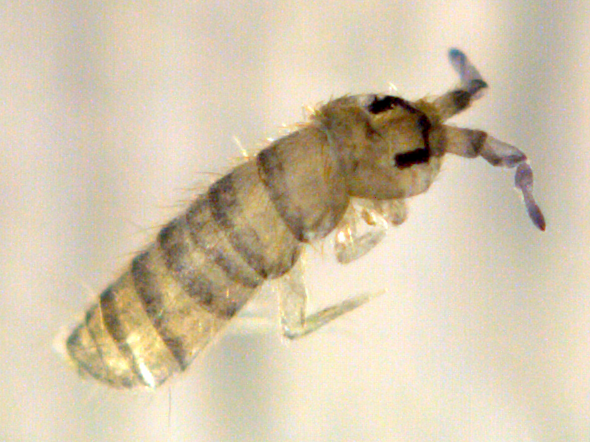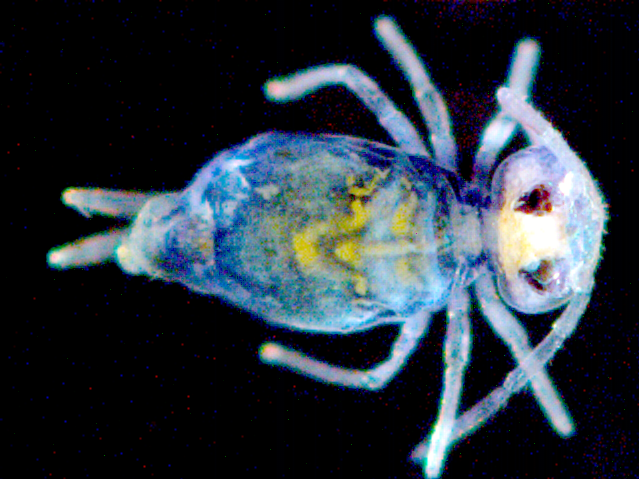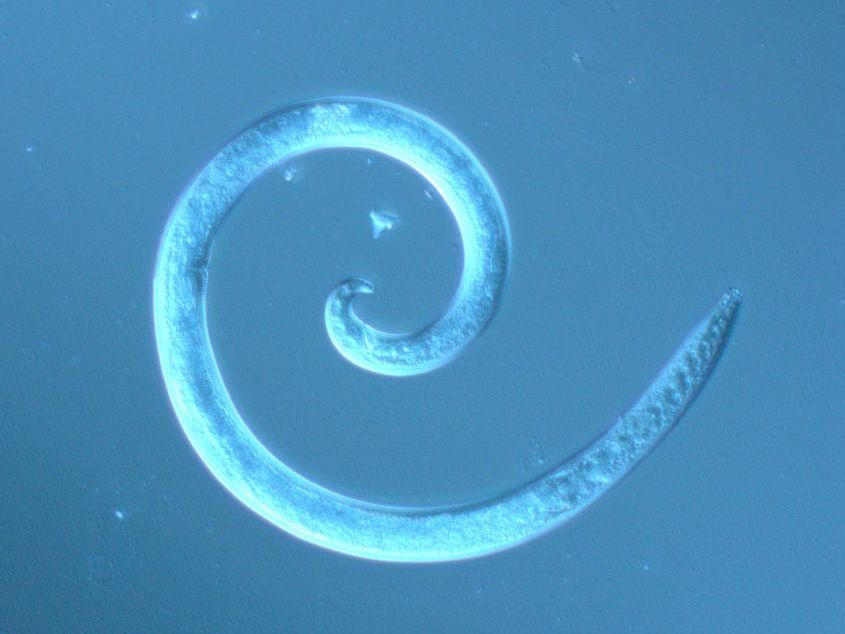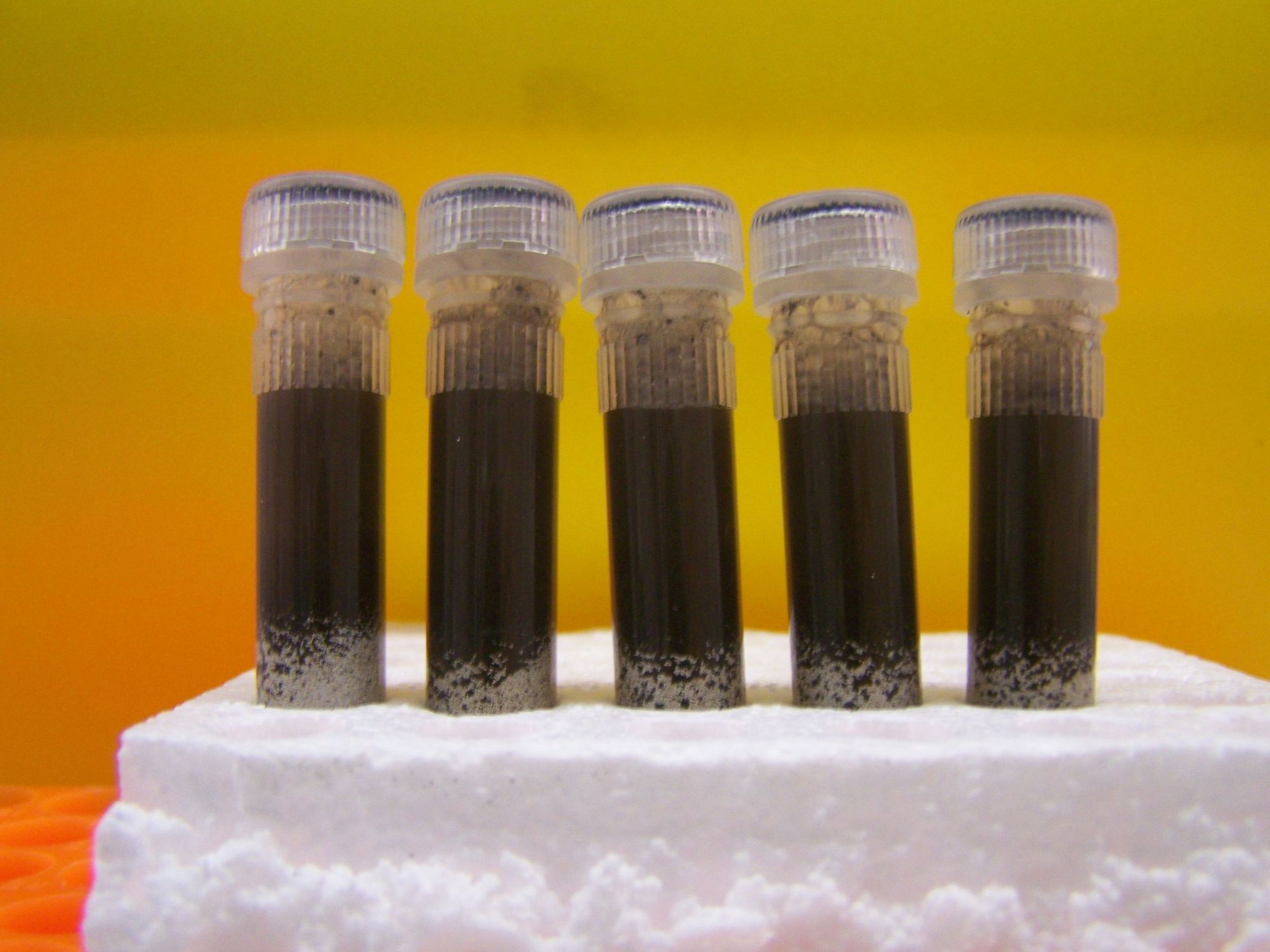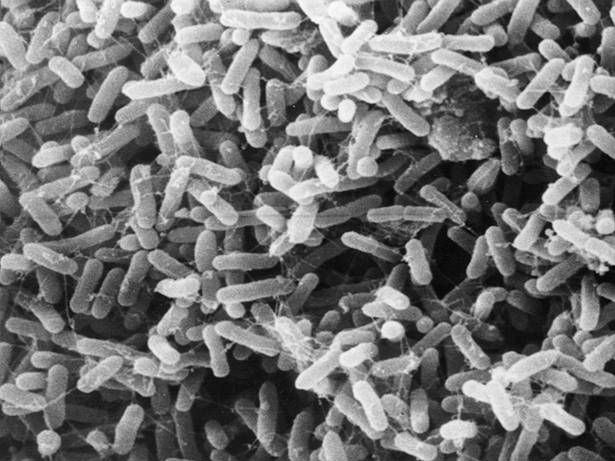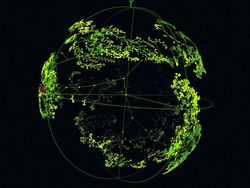Dossier
Soil organisms: The universe under our feet
Stefan Schrader, Christoph Tebbe | 10.06.2022
What role do soil organisms play in healthy, fertile soils? What measures promote these organisms and how can farmers make use of them? This is what we are researching at the Thünen Institute.
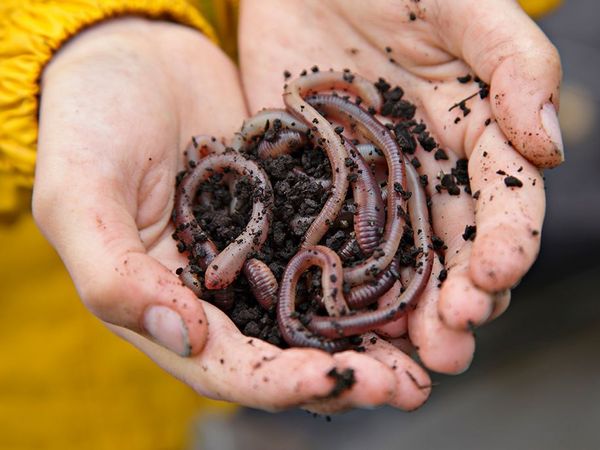
Typically, billions of microorganisms live in every gram of arable, grassland or forest soil, especially bacteria and their cell structure relatives, the archaea. Together they perform important steps in the cycling of carbon, nitrogen and other elements in soils. In addition, there are the cellularly larger fungi and protists, which play an important role in the decomposition of plant remains, but also in supplying nutrients to growing plants.
Viruses also occur in soils. Their importance for soil life is still poorly understood. However, they are probably an important factor that can change the diversity of microbial communities. This complex community of bacteria, archaea, fungi, protists and viruses is called the microbiome. And their entire genetic information, i.e. the metagenome.
Soil, whether from fields, grassland or forests, also provides a habitat for a large number of soil animals - such as earthworms, springtails (collembolae) and nematodes. They are classified into three size classes: microfauna (e.g. nematodes), mesofauna (e.g. springtails) and macrofauna (e.g. earthworms). According to their respective behavioural patterns, specialisations and adaptations, the various soil animal groups fulfil numerous functions by promoting soil fertility through diverse ecological services:
- They improve the structure by forming new aggregates,
- they regulate the gas and water balance by digging new pores,
- they control nutrient cycles by breaking down organic residues,
- they suppress plant diseases by eating microbial pathogens,
- they promote soil health by accelerating the decomposition of pollutants,
- they disperse plants by transporting seeds.
The observed decline in biodiversity in the agricultural landscape does not stop at the soil. There are still many unanswered questions about the relationships between the occurrence and diversity of soil organisms, their functional interaction, the ecosystem services they provide and their importance for the economic viability of agricultural production.
Publications
- 0
Jacobs A, Schrader S, Babin D, Beylich A, Brunotte J, Dauber J, Emmerling C, Engell I, Flessa H, Hallmann J, Hommel B, Klages S, Lehmhus J, Meyer M, Meyer-Wolfarth F, Potthoff M, Runge T, Schulz-Kesting K, Tebbe CC, Capelle C van, et al (2022) Lebendige Böden - fruchtbare Böden. Bonn: Bundesanstalt für Landwirtschaft und Ernährung, 48 p
- 1
Horn R, Schrader S, Mordhorst A, Fleige H, Schroeder R (2022) Soil health and biodiversity: Interactions with physical processes and functions [online]. In: Reyes-Sánchez LB, Horn R, Costantini EAC (eds) Sustainable soil management as a key to preserve soil biodiversity and stop its degradation. Vienna: International Union of Soil Sciences (IUSS), pp 314-330, zu finden in <https://www.iuss.org/media/iuss_sustainable_soil_management_as_a_key_to_preserving_soil_biodiversity_and_stopping_its_degradation_book.pdf > [zitiert am 27.06.2022]

